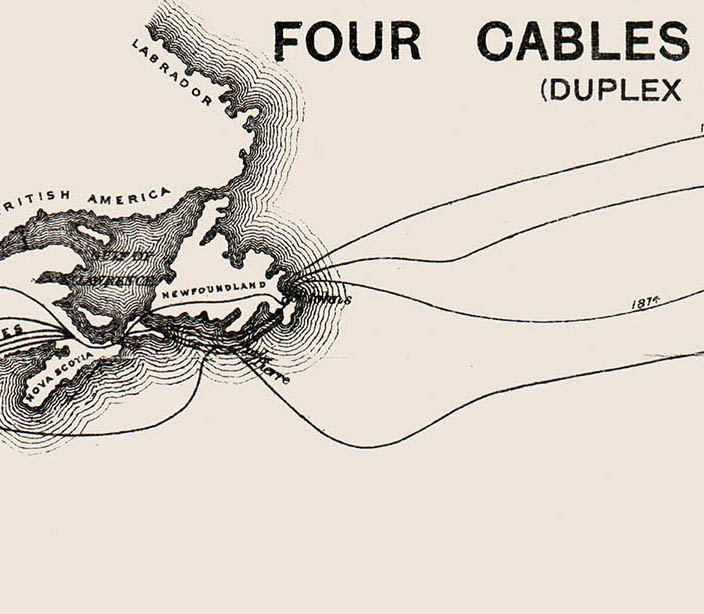Wiring up the world
Wiring up the world
The largest ship of its day for an epic task: At 211m in length and with six masts, the Great Eastern was an iron sailing steam ship with a combination of paddle wheel, helical wheel and sail propulsion. It was launched in 1857 and carried 4,000 passengers. The ship laid the first functioning transatlantic submarine cable in 1865, a major feat of engineering with numerous setbacks and detours. The cable entered operation in 1866. The ship thus entered the annals of telecommunication history after a first attempt eight years previously had failed to last. In his first bestseller of the same name, the German author Stefan Zweig heralded the transatlantic telegraphic cable as a moment of glory for humanity for civilisation.
Submarine cables with fibre core are now primarily used in news and communication technology, transporting immense quantities of data within a very short space of time. The first countries to be connected by fibre glass core cable were France and England in 1986. The first transatlantic fibre glass cable entered operation in 1988. Today, Internet technology in particular is based on the worldwide underwater cable network.

